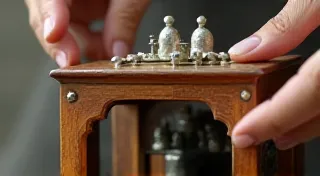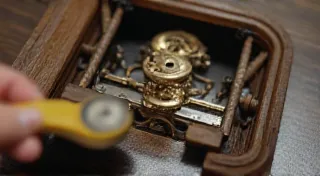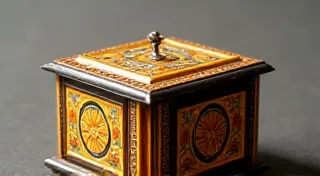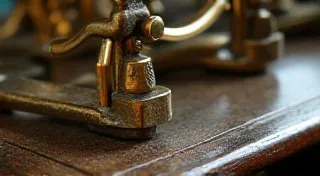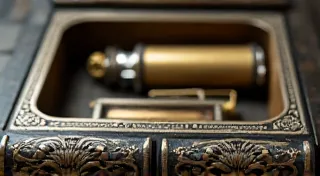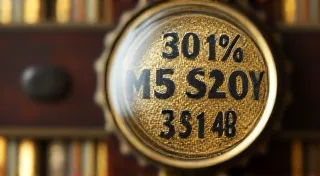Dealing with Rust and Corrosion on Music Box Components
Rust and corrosion are common enemies of antique music boxes. Years of neglect, humidity, and improper storage can wreak havoc on delicate metal parts, hindering their functionality and diminishing their beauty. This guide provides practical advice on safely removing rust and corrosion and, crucially, how to prevent it from returning.
Understanding the Problem
Before diving into solutions, it's important to understand the difference between rust and corrosion. Rust is specifically the oxidation of iron, while corrosion is a broader term encompassing the degradation of metals through chemical reactions. Both result in a reddish-brown or discolored layer on metal surfaces, weakening the components.
Affected components typically include: gears, levers, pins, cylinder parts, and the outer case. The severity of the problem will dictate the methods you use.
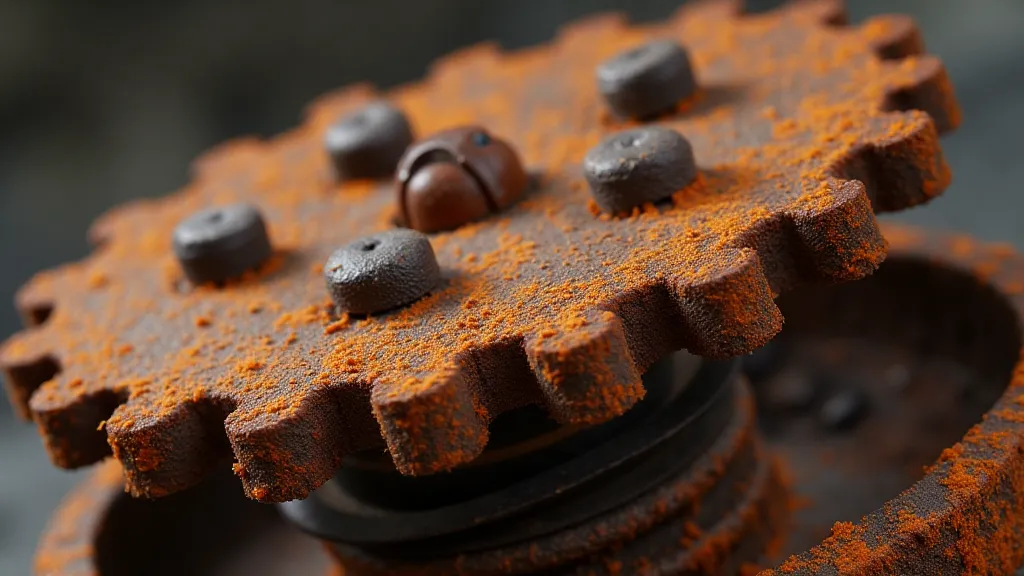
Safe Rust and Corrosion Removal Methods
Safety First: Always wear gloves, eye protection, and a respirator (especially when using chemical solutions). Work in a well-ventilated area.
- Gentle Cleaning: Start with the mildest approach. Warm soapy water and a soft-bristled brush can often remove loose rust and grime.
- White Vinegar Soak: Vinegar (acetic acid) is a surprisingly effective rust remover. Submerge the affected parts in white vinegar for several hours or overnight. Check periodically. Rinse thoroughly with clean water and dry completely.
- Baking Soda Paste: Make a paste of baking soda and water. Apply it to the rusted areas, let it sit for 30-60 minutes, then scrub gently with a soft brush.
- Citric Acid Solution: Citric acid is another good option. Dissolve citric acid crystals in warm water (approximately 1 tablespoon per cup of water). Soak the parts for a controlled period, checking frequently. Rinse and dry completely.
- Mechanical Removal (Carefully!): For stubborn rust, very fine steel wool (0000 grade) or a brass brush *can* be used. This method carries a higher risk of scratching the metal, so use it with extreme caution and only as a last resort. Work gently and at an angle to avoid gouging.
Important Note: Avoid harsh chemicals like muriatic acid or strong commercial rust removers, as they can damage delicate finishes and potentially harm the music box's internal mechanisms.
Preventative Measures: Stopping Rust Before it Starts
Removing rust is only half the battle. Here’s how to prevent it from returning:
- Thorough Cleaning & Drying: After any restoration work, ensure all parts are scrupulously clean and completely dry.
- Application of Protective Coatings: A thin layer of metal protectant (such as WD-40, but use sparingly and clean off excess) can help prevent surface rust. Alternatively, a wax coating can provide a barrier.
- Proper Storage: Store music boxes in a cool, dry environment. Avoid attics, basements, and other areas prone to humidity. Consider using desiccant packs to absorb moisture.
- Regular Inspection: Periodically inspect your music boxes for signs of rust or corrosion. Addressing small issues early on can prevent them from escalating into major problems.
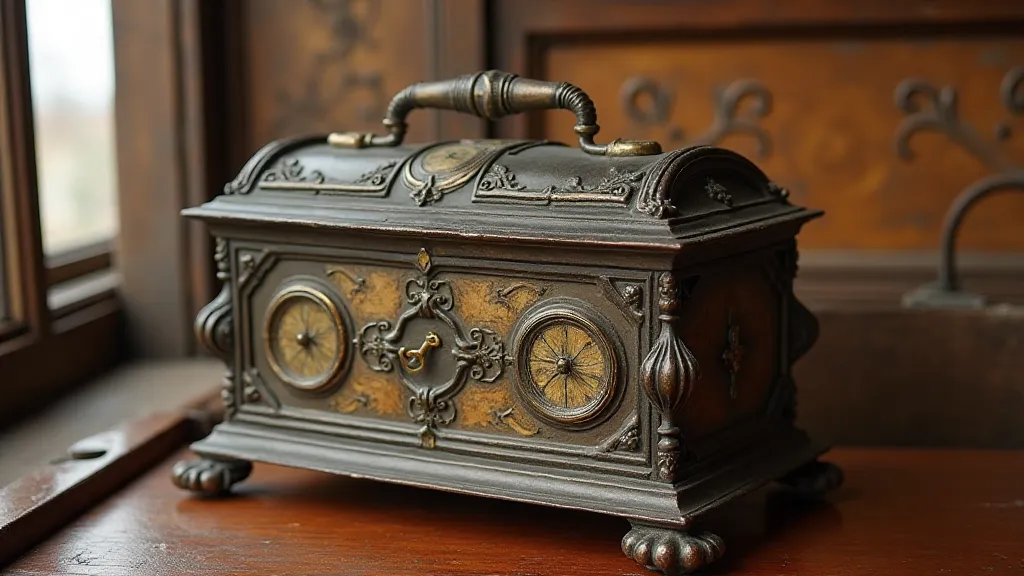
Specific Considerations for Cylinder Music Boxes
Cylinder music boxes are particularly susceptible to rust on the rotating cylinder itself. Careful cleaning and lubrication of the cylinder’s surface are crucial. Special attention should be paid to the pins and teeth, ensuring they are free from rust and properly aligned. If pins are severely rusted, professional replacement might be necessary.
When to Seek Professional Help
Some music box restorations are best left to professionals. If you’re dealing with severely rusted parts, delicate mechanisms, or lack the necessary tools and experience, don't hesitate to consult a specialist. Improper handling can cause irreversible damage.
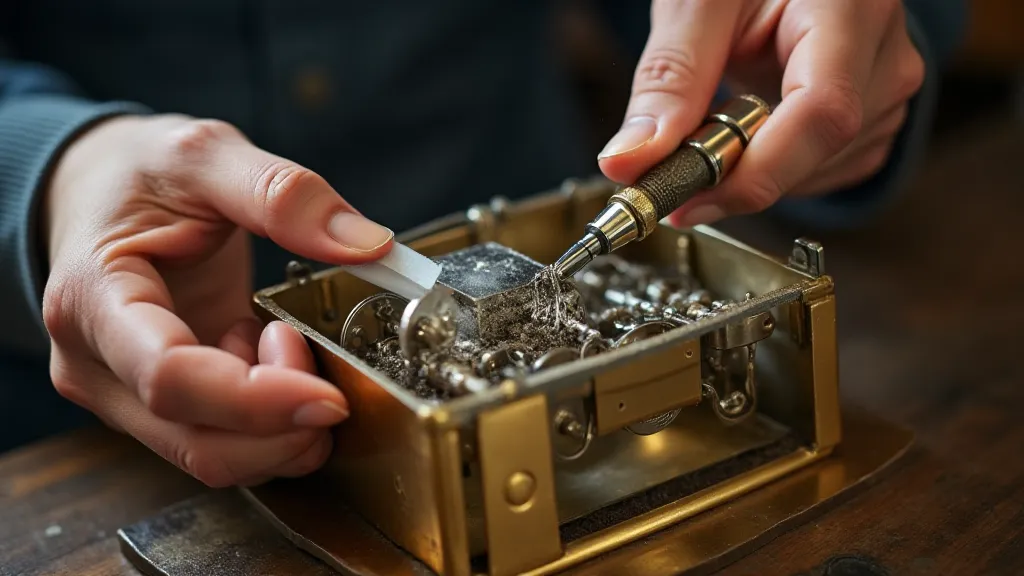
By following these guidelines, you can effectively combat rust and corrosion, preserving the beauty and functionality of your antique music boxes for generations to come.
